The lush rainforests of Madagascar echo with an otherworldly chorus at dawn – a symphony of chirps, howls, and chatters that signals the awakening of nature’s most enigmatic sun-worshippers. Lemurs, the island’s iconic primates, rise with the first golden rays, stretching their slender limbs in silent reverence to the morning light. These creatures, found nowhere else on Earth, have long captivated scientists and travelers alike with their almost spiritual connection to the sun.
Madagascar, a landmass adrift in the Indian Ocean, has nurtured lemurs into over 100 distinct species, each adapted to its own ecological niche. From the tiny mouse lemur that could fit in a teacup to the indri whose haunting cries carry for miles, these primates have evolved under the island’s unique conditions. Their sun-worshipping behavior isn’t merely poetic observation – it’s a biological imperative. Many lemur species practice what researchers call "sun-basking," spreading their arms wide to absorb warmth after cool tropical nights. The ring-tailed lemurs, perhaps the most famous of their kind, often sit in lotus-like positions, their striped tails curled around them as they face eastward at sunrise.
The solar orientation of lemurs goes beyond thermoregulation. Recent studies suggest their circadian rhythms are exquisitely tuned to daylight cycles, influencing everything from feeding patterns to social interactions. During the dry season when food becomes scarce, lemurs maximize daylight hours for foraging, their entire communities shifting schedules based on solar position. Some species like the Verreaux’s sifaka even alter their sunbathing duration based on ambient temperature, demonstrating sophisticated behavioral thermoregulation unseen in other primates.
Local Malagasy cultures have woven lemurs into their cosmology for centuries. Many origin myths describe lemurs as solar deities or intermediaries between the earthly and divine realms. The Betsileo people tell of lemurs carrying messages from ancestors, their golden eyes reflecting celestial wisdom. This cultural reverence has, in some regions, protected lemur populations where practical conservation efforts struggle. Villages near the Andringitra Massif maintain "lemur forests" – sacred groves where hunting the primates remains taboo, preserving critical habitats even as deforestation ravages other areas.
Modern science continues unraveling mysteries of lemur solar biology. Their large, luminous eyes contain a tapetum lucidum – a reflective layer that maximizes light absorption – giving them exceptional night vision while maintaining strong daylight acuity. Researchers at Duke Lemur Center discovered certain species can detect ultraviolet wavelengths, possibly using this ability to identify nutrient-rich young leaves. This visual adaptation may explain why some lemurs become particularly active during specific daylight hours when UV patterns change.
Climate change presents new challenges to these solar-dependent creatures. Shifting weather patterns disrupt flowering and fruiting cycles that lemurs rely on, while increased cloud cover in some regions reduces their precious basking time. Conservationists note worrying behavioral changes – lemurs altering territory ranges, adjusting mating seasons, and in some cases showing increased aggression as ecological stressors mount. The golden-crowned sifaka, among the rarest lemurs, now faces critical endangerment as its montane forest habitat warms beyond tolerance levels.
Yet hope persists in innovative conservation approaches. Solar-powered tracking collars now help researchers monitor lemur movements without disturbing their natural behaviors. Reforestation projects prioritize canopy connectivity, ensuring lemurs can travel between feeding grounds while maintaining their sun exposure. Some communities have developed "lemur ecotourism" programs where visitors observe the primates’ morning sun rituals, generating income that funds habitat protection. At Kirindy Forest, scientists use solar-position data to predict lemur movements, helping park rangers combat illegal logging more effectively.
As dusk settles over Madagascar’s forests, lemurs retreat to their tree hollows and nests, their sun-charged bodies prepared for the cool night ahead. Their daily solar devotion offers more than just an evolutionary survival strategy – it presents a mirror to our own species’ relationship with natural cycles. In studying how lemurs orient their lives around sunlight, we glimpse alternative ways of existing in ecological harmony. These charismatic primates, through their sun-worshipping rituals, remind us that all life on Earth ultimately depends on that same celestial connection – a truth as radiant as the Madagascan dawn.
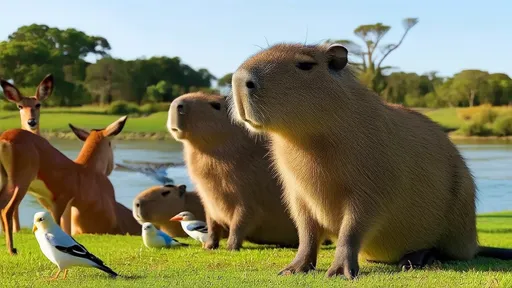
By /Jun 10, 2025
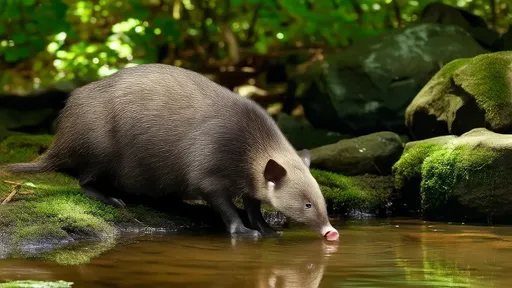
By /Jun 10, 2025
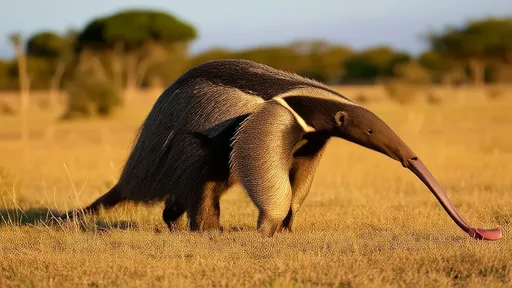
By /Jun 10, 2025
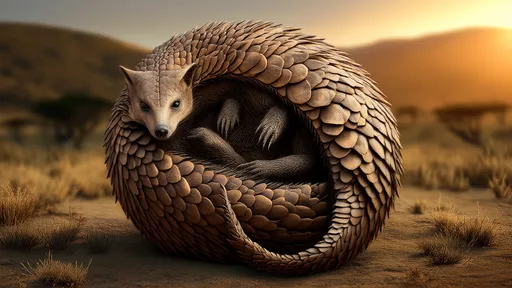
By /Jun 10, 2025
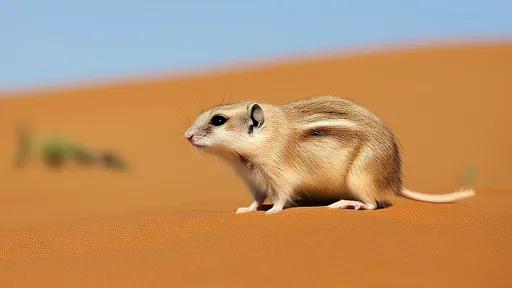
By /Jun 10, 2025
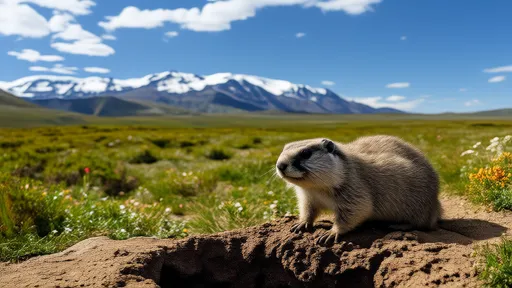
By /Jun 10, 2025
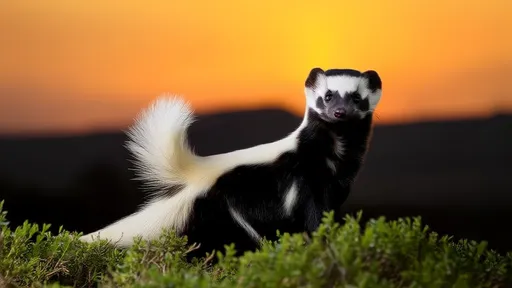
By /Jun 10, 2025

By /Jun 10, 2025

By /Jun 10, 2025
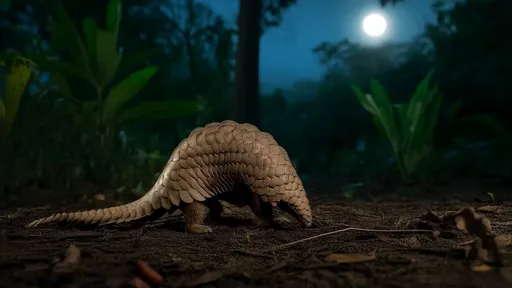
By /Jun 10, 2025
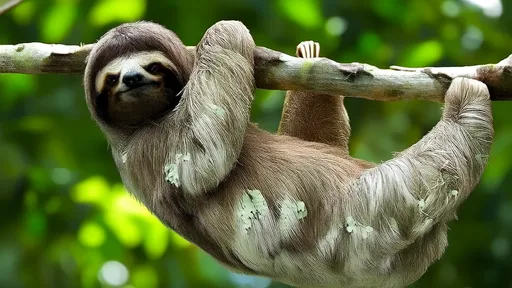
By /Jun 10, 2025
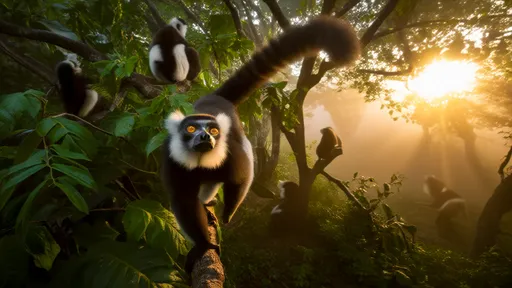
By /Jun 10, 2025

By /Jun 10, 2025
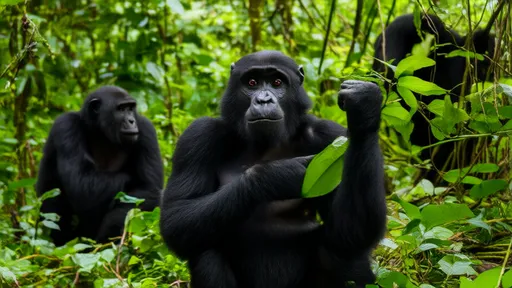
By /Jun 10, 2025

By /Jun 10, 2025
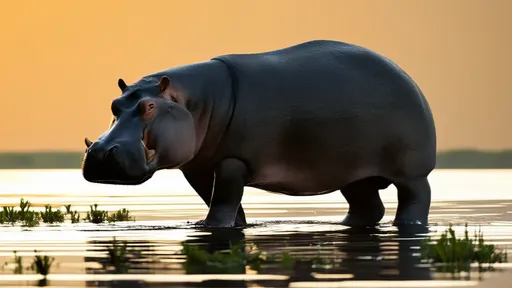
By /Jun 10, 2025
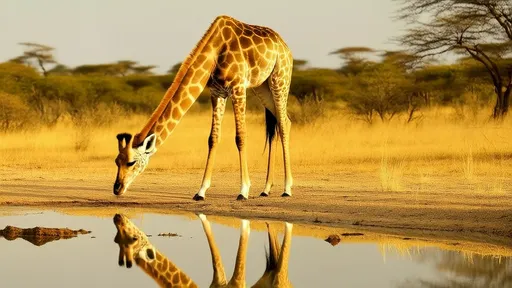
By /Jun 10, 2025